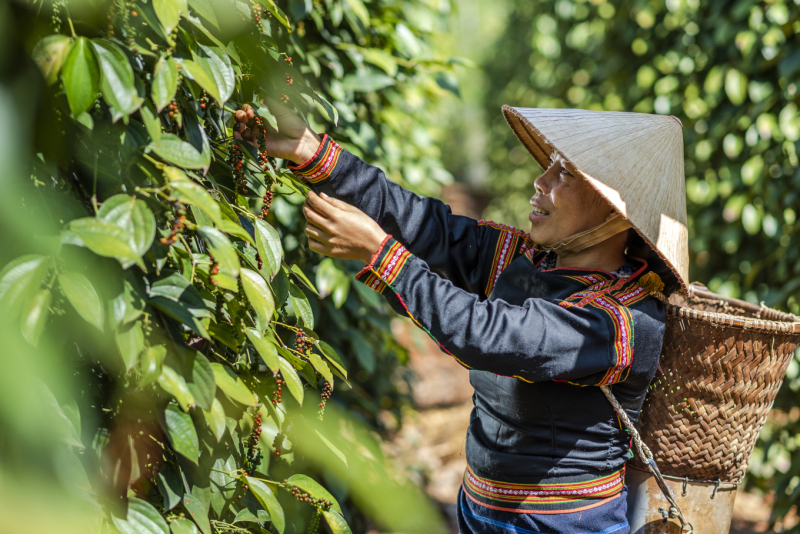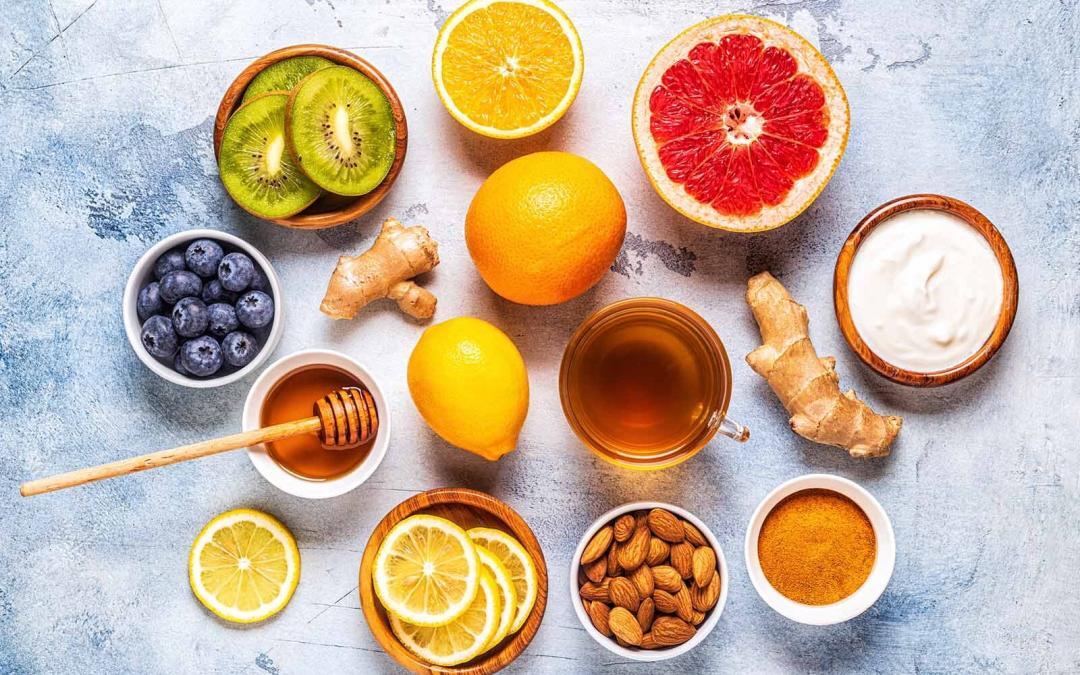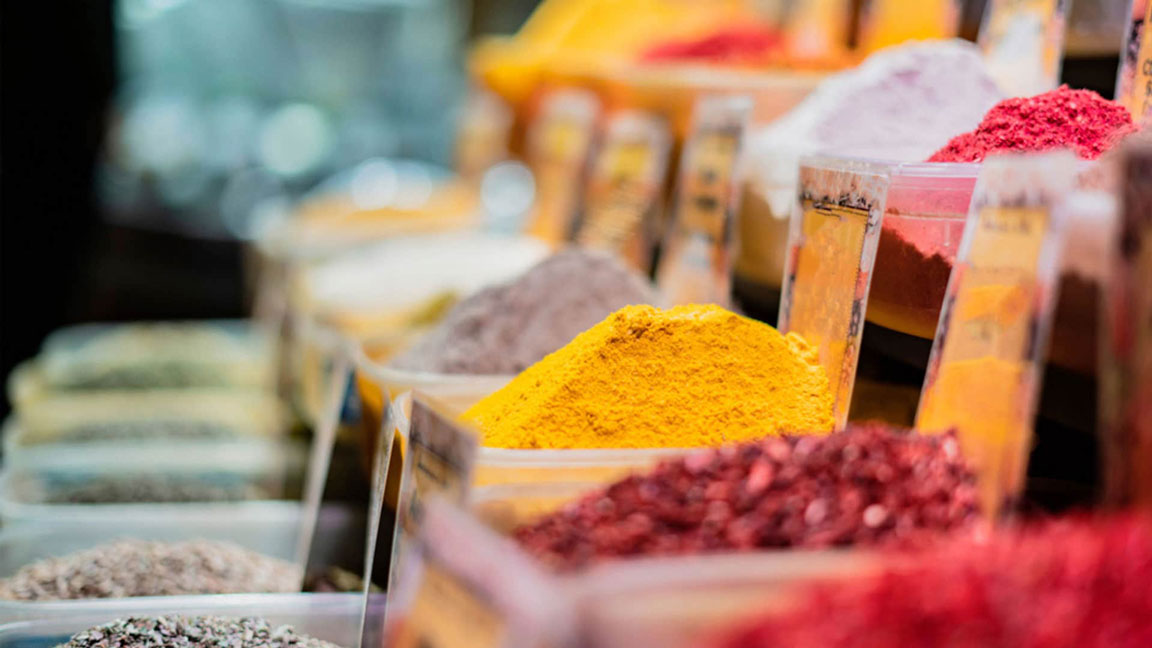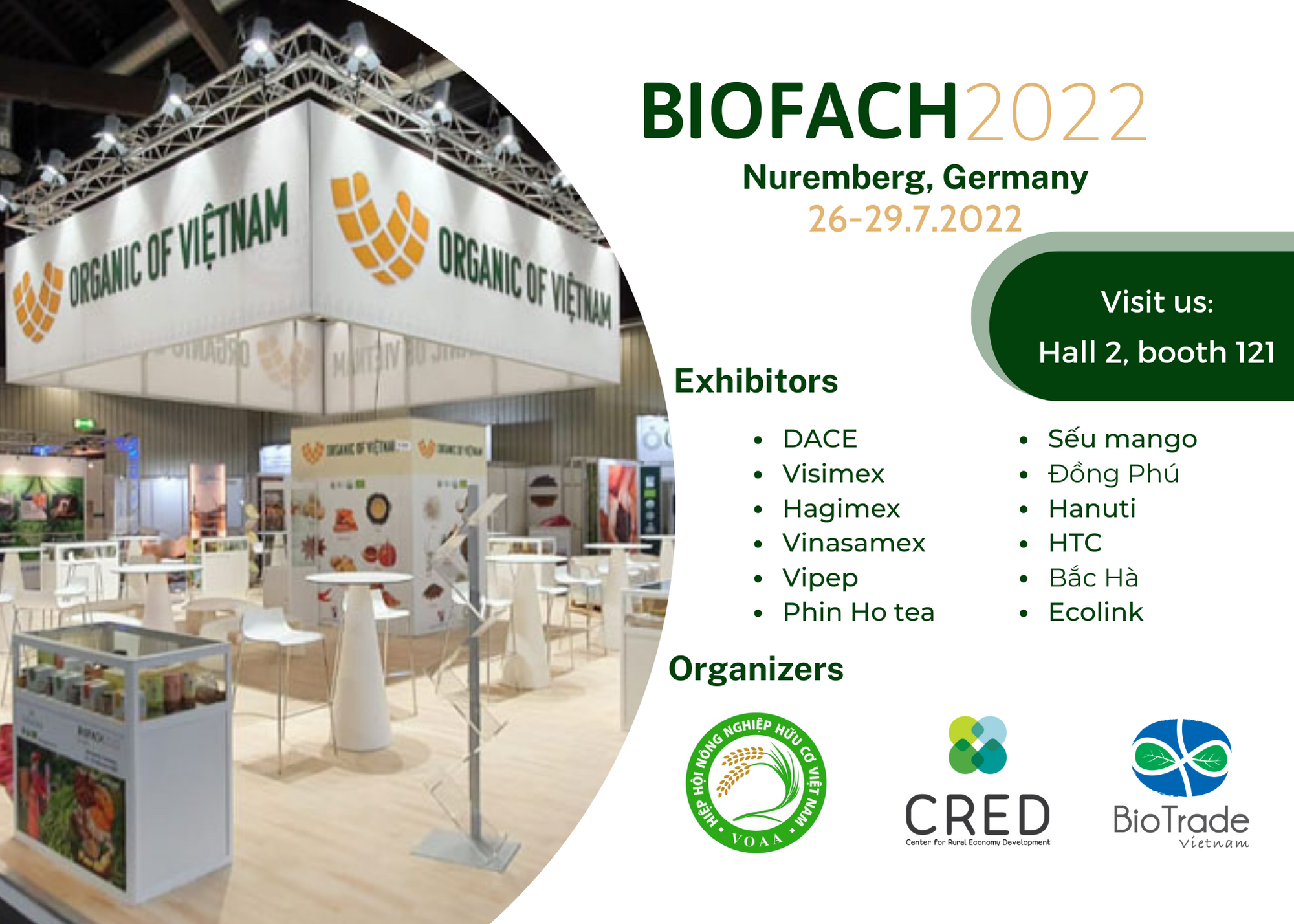Recently, international organic standards, especially EU and USDA-NOP, have changed to increase transparency, ensure competition with fairer and improve consumers’ confidence in Vietnam, regional and global. These changes are supposed to bring fairness to producers in the US and EU, but create new challenges for the rest of the world’s producers, including Vietnam. Let’s take a look at the main changes to the standards
1. EU Organic
Regulation (EU) Reg 2018/848 issued on May, 30th 2018, effective from January, 1st, 2022 for within EU and January, 1st, 2025 for non-EU. The purpose of the change is to reach 25% of organic farming in the EU Key changes of EU organic standard include
Changes of General Principle
- (1) Respect for nature’s systems and cycles and the sustainment and enhancement of the state of the soil, the water and the air, of the health of plants and animals, and of the balance between them
- (2) Preserve natural landscape elements such as natural heritage sites;
- (3) The responsible use of energy and natural resources, such as water, soil, organic matter and air;
- (4) The production of a wide variety of high-quality food and other agricultural and aquaculture products that respond to consumers’ demand for goods that are produced by the use of processes that do not harm the environment, human health, plant health or animal health and welfare;
- (5) Ensuring the integrity of organic production at all stages of the production, processing and distribution of food and feed;
- (6) The appropriate design and management of biological processes, based on ecological systems and using natural resources which are internal to the management system
- (7) The restriction of the use of external inputs
More details can be found in Article 5 – Regulation (EU) Reg.2018/848
Scope of Regulation
Agricultural products and products associated with agricultural production (For example: Salt, Essential Oils, etc.) as listed in Annex I to the TFEU
Subject of application
Add sections of Transportation and Market/Distribution in supply chain certification This is changes of regulation (EU) Reg.2018/848 compared to regulation (EC) 348/2007
Under the new regulation, EU organic certifications will include: Production, Preparation (packaging, labeling), Storage, Transport, Import, Export, Market/Distribution.
Certification to Group Operators
A group of small-scale producers (Group Operators) is certified when the following requirements are met
- Is a collection of small-scale producers that are geographically close to each other (up to the same country) and do not have duplicate certifications
- The number of members does not exceed 2,000. Members who join the Group Operators must register and be approved by the group’s ICS manager
- The Group Operators must have legal status, be established and effectively operate with Internal Control System (ICS) that meets: Management of members (registration, approval); Training and updating; Periodic internal audits; Control group’s documents and records; There are readiness procedures to deal with non-compliance; Seek an origin; In particular, there must be a policy of risk assessment and assessment periodically or when there are changes.
Small-scale producers, according to EU Organic regulations
- Excluding processors and traders
- Small in production area: no more than 5 hectares of open field; no more than 0.5 ha of net house; no more than 15 hectares of perennial grassland; and/or
- Small in economy: Revenue from organic products does not exceed 25,000 EUR/year or revenue from certified organic products does not exceed 15,000 EUR/year.
Plant Reproductive Materials (PRM)
Plants, parts of plant and seeds at any stage of development capable of producing a complete plant. PRM’s database is updated on the system by member countries when registering Some conditional exceptions include: PRM in the transition period, PRM organically grown, non-organic PRM under strict approved conditions (officially deprecated from January, 1st 2037). Organic PRM must ensure at least 1 generation (short-term plants) or 2 growing seasons (perennial plants) Converting PRM can be sold if it is at least 12 months old.
Parallel production
For perennial plants with characteristics of the same or different varieties but difficult to distinguish by appearance, they must be completely converted within 2 years with the following requirements: To ensure permanent separation of products from each production unit involved. The certification agency must be notified 48 hours before the time of harvest The exact quantity of each product shall be reported to the certification agency No parallel production of germinated seeds/sprouts.
Soil Health
Legumes, cover crops or green manure crops must be rotated/intercropped with the main crop.
Pest Management
Allowed biological sterilization. Certain thermal processes are permitted with specific methods and conditions I.e: Treat with shallow steam but the maximum depth is 10cm
Retrospective recognition
Only register when proving that the land plot is natural or not chemically treated for at least 3 years or more. Full dossiers must be provided, at least including: Map identifying the land plot; Information about the land plot; Farming history on the parcel and no production quantity and any other documents/records deemed necessary.
2. USDA-NOP
Regulations on strengthening organic enforcement were issued on January 19, 2023, effective from March 20, 2023 and officially implemented from March 19, 2024 with the goal of strengthening monitoring and enforcement of the production, processing and sale of organic agricultural products, with the aim of protecting organic integrity and building consumer confidence through enhanced controls, Improve traceability throughout the chain as well. Major changes include
Modified objects
Certify more entities at key links in the organic supply chain, specifically:
- Individuals/organizations in the process of observe organic certification;
- Production and processing operations are being certified organic;
- Brokers, traders and importers not certified organic;
- Transportation and storage of organic products (Logistic);
- Retailer of organic products;
- Receive or review organic activity certificates;
- Certification agencies, auditors;
- Import and/or export organic products to the United States
Certificate for organic import
Apply NOP import certificate to all organic products imported into the US
Identified
Require organic identification on non-retail containers/packages
Periodic monitoring
Increase on-site inspection, including at least 5% unannounced inspection Comprehensive testing of mass balance and traceability must be ensured
Organic Certificate
Unified organic certificate information and issued from USDA organic database
Information Update
The parties must report and update changes more frequently, especially changes to suspension, cancellation must be within 72 hours.
Origin Traceability
Requires effective implementation of traceability, record keeping and fraud prevention procedures
Group Operator
Group Operator certification is increased through the capacity of the internal control system (ICS) as follows
- Clearly operational criteria must be established (admission procedure, protection policy, technical support, mass balance testing, traceability)
- Have legal status
- ICS has clear functions and tasks; carry out periodic internal audits and reviews.
With the changes of EU Organic and USDA-NOP, the requirements for organic agriculture have become tighter and clearer, clearer from the size of the producer, the capacity of the group operators, the stakeholders in the supply chain to the monitoring responsibility of the certification agencies, the responsibility to ensure transparency from the parties. This will be a big challenge for Vietnamese organizations/businesses. What needs special attention and implementation at this time is planning and capacity building for groups of small-scale producers (farmers) to meet the requirements of the standard, in addition to other requirements on propagating materials, parallel production, management in soil health, pests and traceability.







